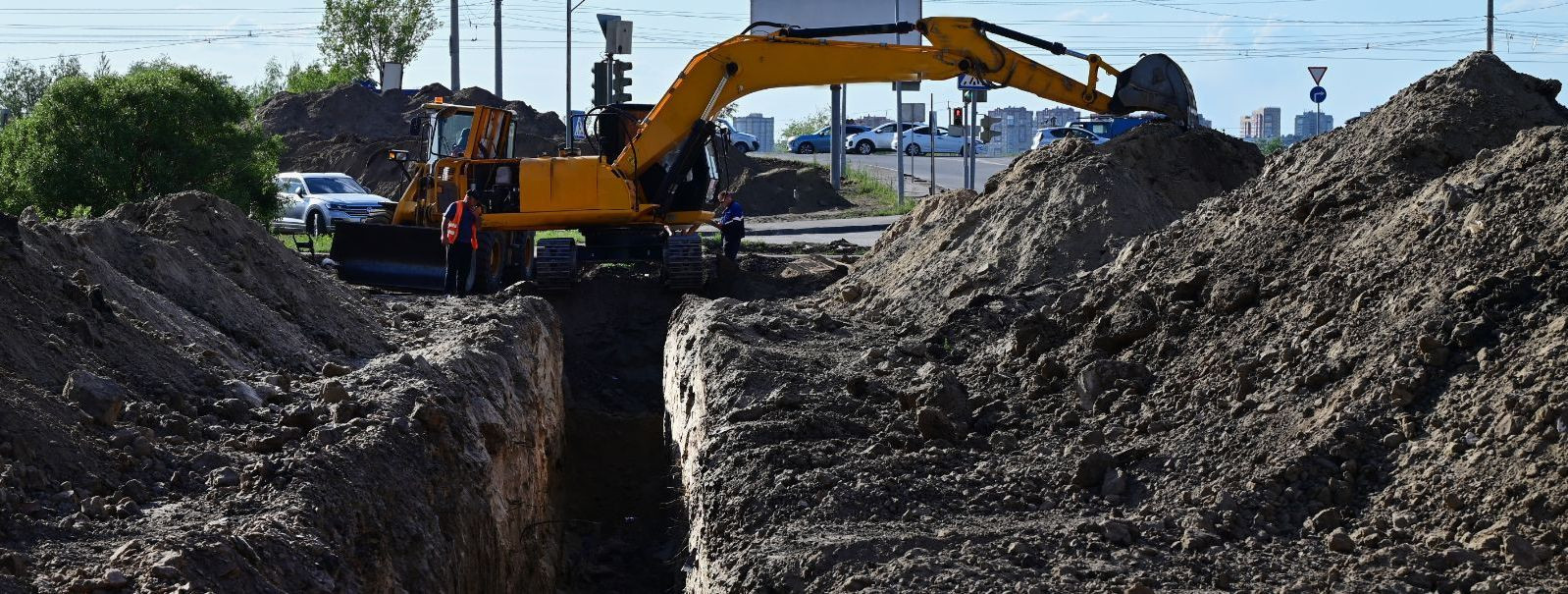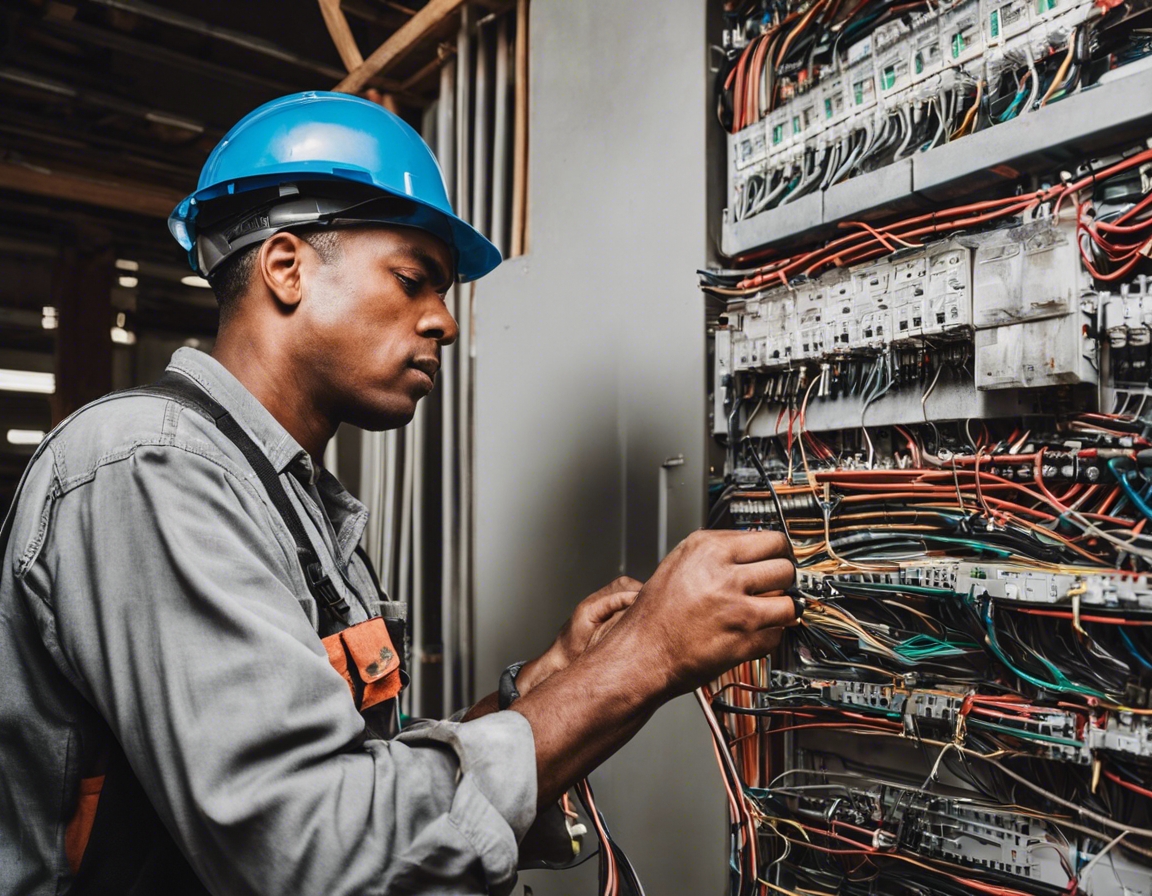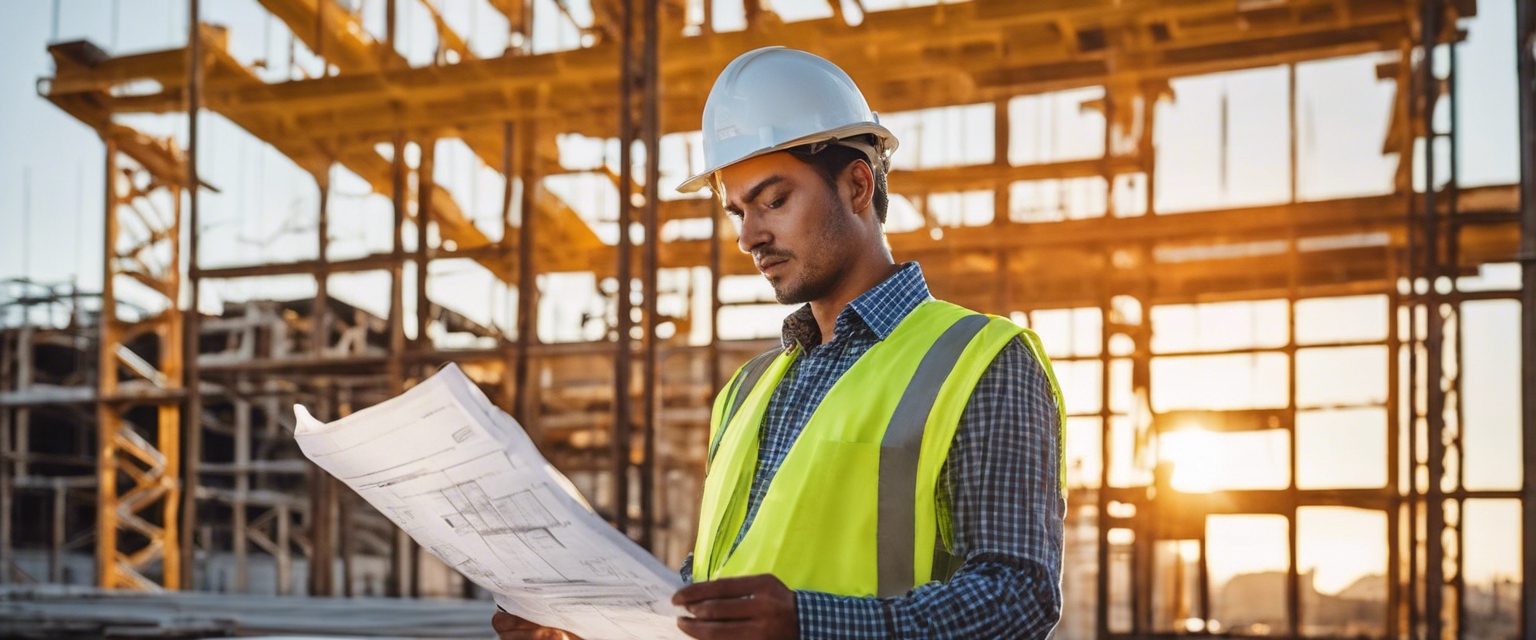Sustainable construction: building with the environment in mind
Sustainable construction involves designing, building, and operating structures with a focus on environmental responsibility and resource efficiency. It encompasses a holistic approach that considers the entire lifecycle of a building, from planning and design to demolition and recycling.
The construction industry has a significant impact on the environment, from the depletion of natural resources to the emission of greenhouse gases. Sustainable construction aims to mitigate these impacts by adopting practices that are environmentally friendly, economically viable, and socially responsible.
Principles of Sustainable Construction
Energy efficiency is a cornerstone of sustainable construction. It involves the use of design strategies, materials, and technologies that reduce energy consumption and increase the use of renewable energy sources.
Resource efficiency is about using materials and resources in a way that minimizes waste and maximizes reuse and recycling. It includes the selection of sustainable materials and the efficient use of water and other resources.
Protecting the environment is a key aspect of sustainable construction. This involves minimizing the impact on local ecosystems, reducing pollution, and enhancing biodiversity.
Building for longevity is essential in sustainable construction. Durable buildings require less maintenance, reduce waste, and conserve resources over time.
Materials and Technologies in Sustainable Construction
Green building materials are those that are non-toxic, renewable, or recyclable. They contribute to healthier indoor environments and have a lower environmental footprint.
Innovative technologies in sustainable construction include advanced insulation materials, energy-efficient lighting and appliances, and smart building systems that optimize energy and water use.
Best Practices for Sustainable Construction
Choosing the right site and careful planning are crucial for sustainable construction. It involves considering factors such as orientation, local climate, and the impact on the surrounding community.
Water conservation is an important aspect of sustainable construction. Strategies include the use of water-efficient fixtures, rainwater harvesting, and the reuse of greywater.
Effective waste reduction and management are vital for sustainable construction. This includes minimizing construction waste, promoting recycling and reuse, and ensuring proper disposal of hazardous materials.
Challenges and Opportunities in Sustainable Construction
Despite its benefits, sustainable construction faces challenges such as higher upfront costs, lack of awareness, and regulatory hurdles. Overcoming these barriers requires education, incentives, and supportive policies.
The future of sustainable construction is promising, with advancements in materials, technology, and design practices. It offers the opportunity to create buildings that are not only environmentally friendly but also economically and socially beneficial.






Comments (0)